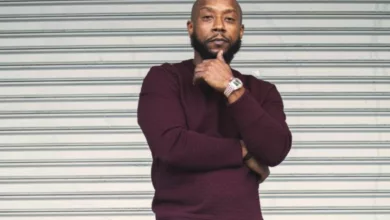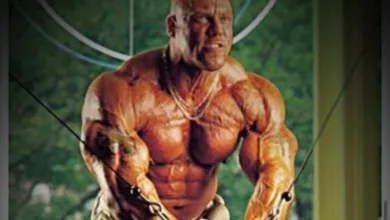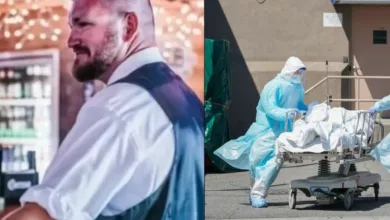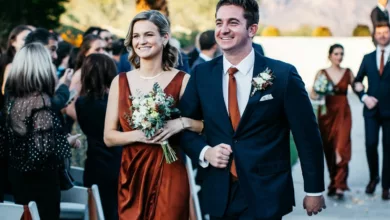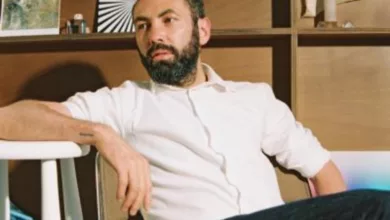CRIMINAL TRIAL JURORS: HOW DO THEY CHOOSE WHO TO BELIEVE
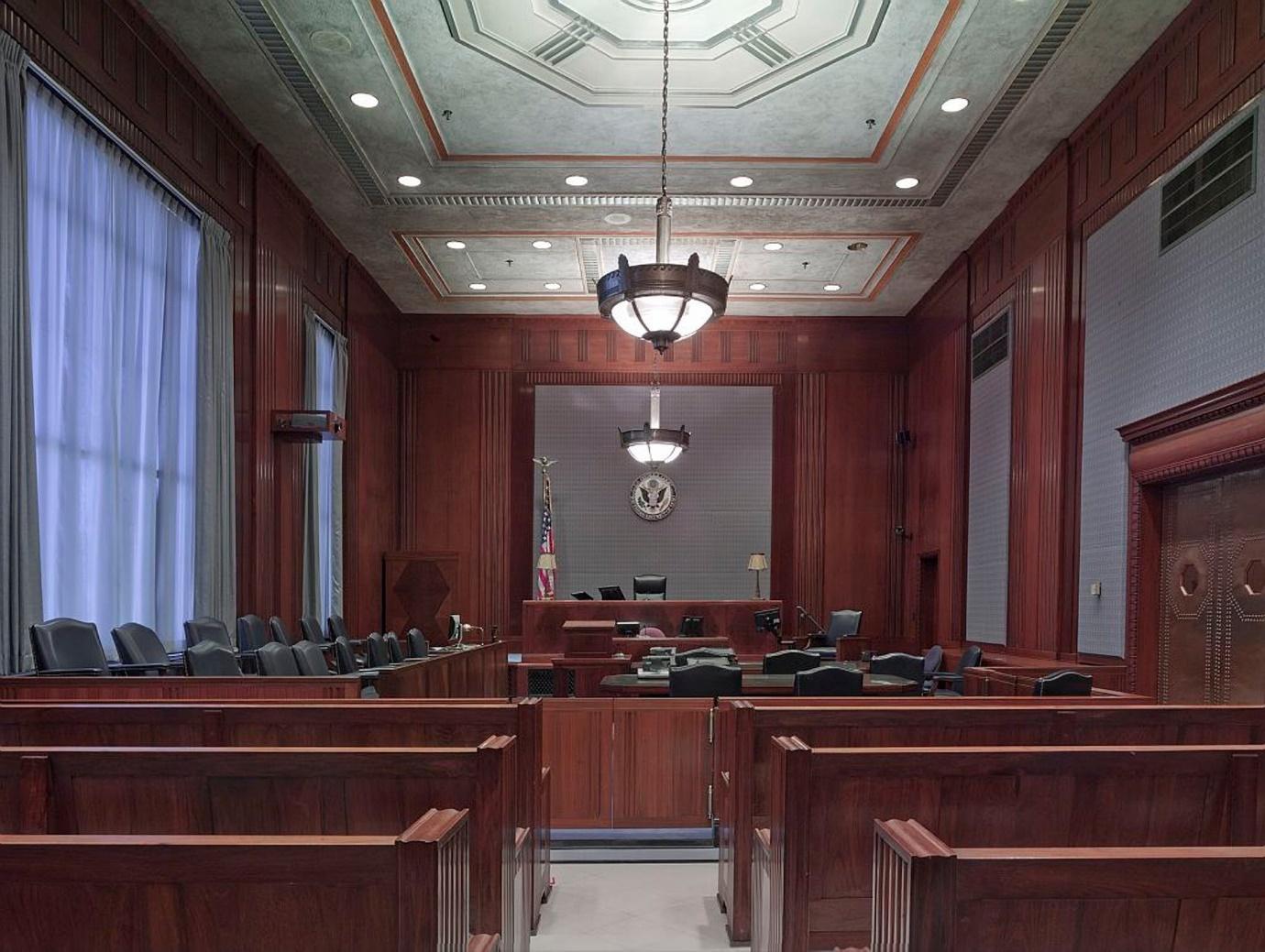
A jury can determine some facts without considering a witness’s credibility (or believability). For example, if a video or audio recording is used in a trial, the jury can rely on their eyes and ears. In most trials, however, jurors must decide whether or not they believe a witness’ testimony is accurate.
Throughout the history of the United States, judges have given jurors instructions to help them assess the credibility of witnesses, and those instructions have varied through time. Below is the process criminal trial jurors use to choose who to believe in a case.
Jury Selection
One of the first things a prosecution and defense counsel must do during a trial picks jurors for the case. Jurors are chosen to hear the facts of the case and decide whether or not the defendant committed the crime. The jury pool (“venire”) lists potential jurors created from voter registration records of those living in the Federal district.
When picking the jury, neither the prosecutor nor the defense attorney may discriminate against any group of people. Each side may utilize a limited number of “peremptory challenges” to excuse certain potential jurors without offering a reason.
Opening Statements
Opening remarks allow the prosecutor and defense attorney to explain what happened briefly. These statements are usually brief, like an outline, and do not include witnesses or evidence. Because the government holds the burden of showing that the defendant committed the offense, the prosecutor gives an opening statement first.
Presentment of Cases: Witness Examination
Following the prosecutor’s opening statements, he begins direct interrogation of his first witness. This is the prosecutor’s first step in trying to prove the case, and it might span from a few minutes to many days. During direct examination, here, the prosecutor may present evidence like a weapon or a piece of evidence from the crime scene.
Following the prosecutor’s questioning of a witness, the defense counsel may cross-examine or interrogate the same witness. The goal of cross-examination is to cast doubt on the witness’s credibility.
The prosecutor asks the witness last questions after the defense attorney has cross-examined the witness to explain any unclear testimony to the jury. This is known as redirect examination. The prosecutor rests his case once the process of direct, cross, and redirect examination of all witnesses is completed.
The government can introduce no more witnesses or evidence after the prosecutor has rested. The defense can submit witnesses and evidence to the jury after the government has rested. The defense may also choose not to have the defendant testify. However, the defendant bears no responsibility for proving their innocence. It is the government’s job to verify that the defendant committed the offense described in the indictment.
The jury may not treat the absence of a defendant from testifying as proof that the defendant committed the crime. The defense may potentially waive his case. If the defense gives no evidence, the jury cannot assume that the prisoner is guilty.
The decision to provide a defense is exclusively between the defendant and their defense attorney. On the other hand, the defense will typically provide its interpretation of the facts.
Also Read: 5 Smart Tips for Saving Money on Insurance Costs
Objections
During direct or cross-examination, either counsel may object to a question or a piece of evidence in front of the court. A prosecution or defense attorney, for example, may object to the vast scope of the direct examination because it is beyond the witness’s comprehension.
The judge judges the outcome of an objection, sometimes after hearing from attorneys on both sides before issuing a decision. The judge either “sustains” the objection, causing the activity to halt, or “overrules” the objection, allowing the action to proceed.
Closing Arguments
After the defense’s direct testimony and the prosecutor’s cross-examination of all witnesses, the defense rests while the prosecutor and defense counsel prepare for closing arguments.
Closing arguments are the last chance for the prosecutor and defense attorney to address the jury. Both attorneys can use these arguments to summarize the testimony and facts and ask the jury to return a guilty or not guilty judgment.
Jury Instructions
Following the conclusion of the closing arguments, the judge “charges the jury” or tells them of the applicable legislation and what they must do to reach a decision.
Jury Deliberations & Announcement of the Verdict
After being charged, the jury enters deliberation, determining whether a person is guilty. If the jury has a legal question, they must write a letter to the judge, which the judge will read in court in front of all parties. The jury must reach a unanimous decision to convict a defendant in a federal criminal prosecution.
They tell the judge, the lawyers, and the defendant in open court after they have reached an agreement on a verdict. Everyone is in court for the judgment to be read aloud. If the defendant is found not guilty, they are usually released.
Bottomline
During a hearing trial, the methods indicated above help the jury reach a fair judgment. Considering the gravity of the case and the facts given, the jury may opt to render its judgment immediately or later after some consideration of the evidence and testimonials shared.





